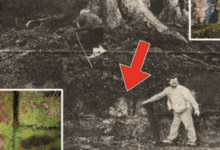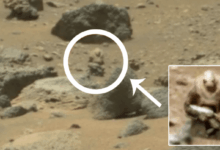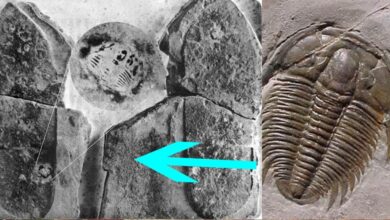This New Ocean in Africa Will TERRIFY the Entire World
This New Ocean in Africa Will TERRIFY the Entire World
The Breaking of Africa: The Formation of a New Ocean
The African continent is undergoing a monumental transformation along the East African Rift, where the Somali Plate and the Nubian Plate are gradually moving apart. Centered in the Afar Depression, this tectonic activity is paving the way for the formation of a new ocean, a process that will unfold over millions of years.
Key Event: The 2005 Dabbahu Eruption
Triggering Event:
In 2005, over 130 earthquakes shook the Afar Depression, culminating in the Dabbahu volcanic eruption in Ethiopia.
Impact:
- Opened 37 miles of fissures.
- Displaced over 6,000 people.
- Resulted in significant agricultural and livestock losses.
Scientific Breakthrough:
The event offered a rare opportunity to observe continental rifting in real-time, providing critical insights into tectonic processes.
How Rift Formation Works
- Tectonic Forces:
- The Somali and Nubian Plates are pulling away from each other, creating fissures and valleys.
- Magma Intrusion:
- Molten rock from the mantle rises to fill gaps, pushing the plates further apart and forming new crust.
- Gravity’s Role:
- As the crust weakens and stretches, it sinks, forming deep valleys and escarpments.
The Rift’s Future: From Land to Ocean
Transformation Stages
- Rift to Valley:
- Faults and fissures reshape the land, creating steep valleys and areas of intense volcanic activity.
- Valley to Gulf:
- As parts of the rift drop below sea level, water from nearby seas, such as the Red Sea and the Indian Ocean, floods in.
- Gulf to Ocean Basin:
- Continued divergence widens the gulf into a full-fledged ocean basin, with new seafloor forming as magma rises.
Timeline:
At a rifting rate of approximately 2 inches per year, the formation of a new ocean is expected to take 5 to 10 million years. Historical examples include:
- Red Sea: Began forming 30 million years ago due to the divergence of the Arabian and African Plates.
- Atlantic Ocean: Emerged ~200 million years ago during the breakup of Pangaea.
Ecological and Climatic Impacts
Biodiversity
- Fragmented land creates isolated ecosystems, fostering unique evolutionary paths.
- Flooded rift zones give rise to new marine habitats, including coral reefs.
Climate Change
- New coastlines will reshape weather patterns.
- Inland areas may become drier, while coastal regions experience cooler, wetter climates.
Human and Environmental Challenges
- Population Displacement:
- Communities will need to relocate as landscapes evolve.
- Agricultural Adaptation:
- Shifts in climate and terrain will demand new farming techniques and water management strategies.
Advancing Knowledge with Technology
Modern tools enable scientists to monitor and study this transformation with precision:
- Satellite Imaging: Tracks real-time ground deformation.
- GPS Technology: Measures plate movements with pinpoint accuracy.
- Seismic Instruments: Detect earthquakes caused by tectonic stresses.
Conclusion
The splitting of the African continent along the East African Rift is an extraordinary demonstration of Earth’s dynamic nature. While the process will take millions of years to complete, it offers scientists, ecologists, and humanity as a whole an unprecedented opportunity to study and adapt to the birth of a new ocean.




